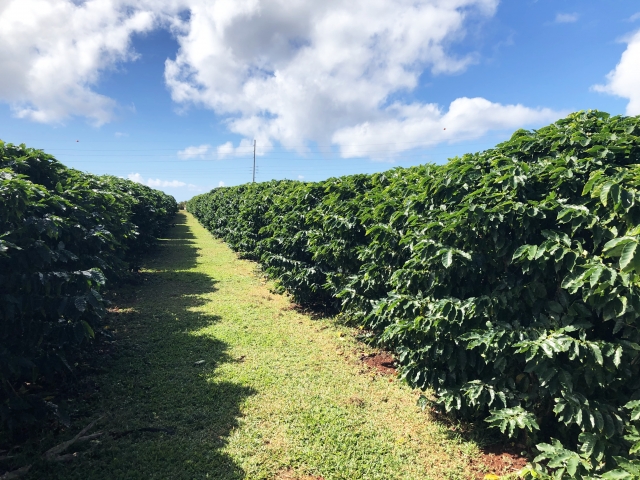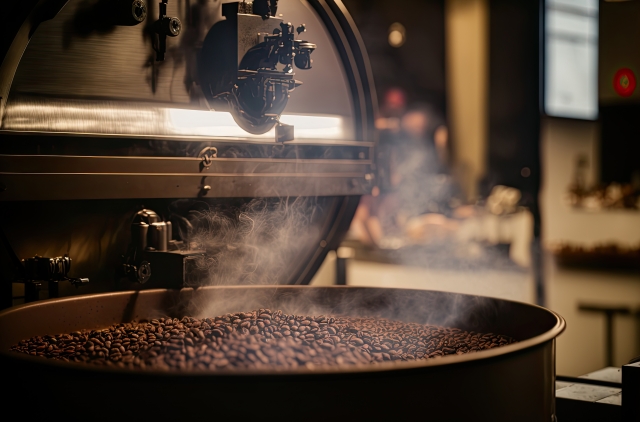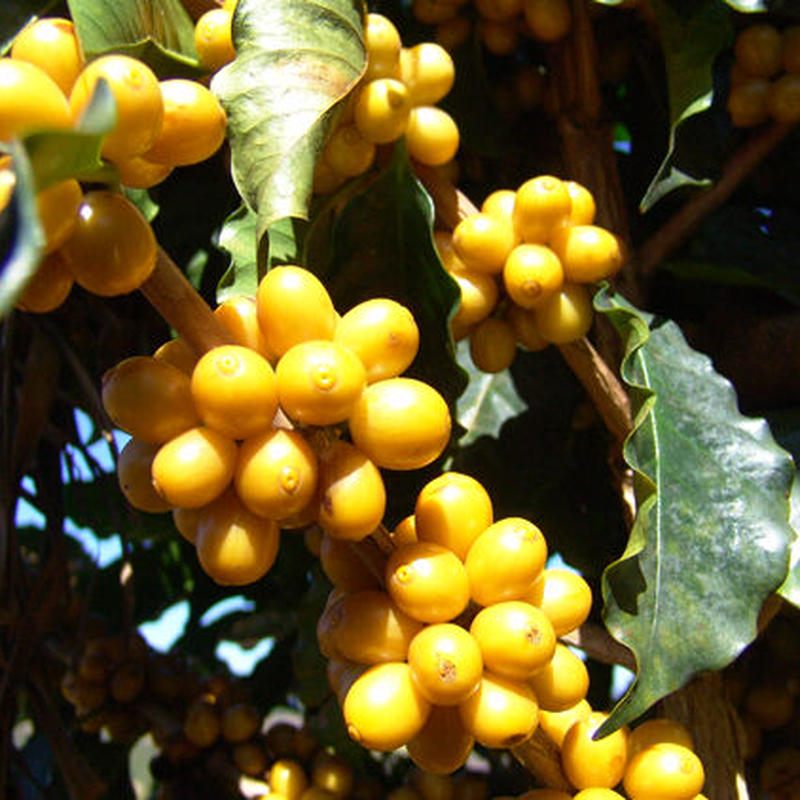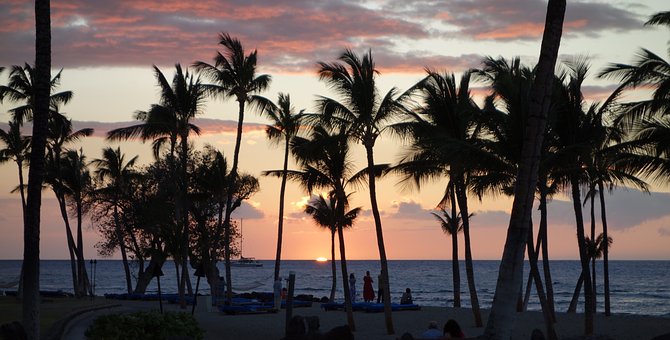
coffee history summary
Coffee originated in the Kaffa region in southern Ethiopia and began to be cultivated in Yemen on the Arabian Peninsula around the 9th century. Initially used as a medicinal herb, the practice of roasting and drinking coffee beans spread. In the 15th century, Muslim merchants introduced coffee to the Islamic world, and by the 16th century, coffeehouses had been established in Istanbul, and coffee had become a popular beverage.
In the 17th century, Dutch merchants began to transport coffee from Yemen to Europe, where it quickly gained popularity. In the 18th and 19th centuries, coffee cultivation spread to the Americas, and the coffee industry became a major global economic force.
In the modern era, the coffee industry has continued to evolve and innovate. Coffee production has become more efficient and sustainable, and new brewing methods and technologies have been developed to create new and exciting coffee experiences for consumers. Today, coffee is one of the most widely consumed beverages in the world, with a rich history and cultural significance that spans centuries and continents.
Discovering the History of Coffee
Coffee’s History: The Spread of the Coffee Plant and the Beloved Beverage
Coffee originated in Ethiopia and spread throughout the world, becoming a beloved beverage enjoyed by many. The history of coffee is filled with changes that led to its modern form. Join us as we take a journey through the history of coffee.
The Spread of the Coffee Plant:
In 1454, an Islamic teacher traveling in the region of Kaffa in Ethiopia became ill upon his return home. Remembering the coffee he had encountered in Ethiopia, he decided to import some and try it out. To his surprise, not only did the coffee cure his illness, but it also had an invigorating effect that helped him stay awake. He shared this discovery with other religious leaders, who began to spread the word about coffee’s benefits.
Note: The region of Kaffa is believed to be the birthplace of coffee, which is why it is named after the area.

1505: Coffee is Introduced to Ceylon
In 1505, the coffee plant was brought to Ceylon (modern-day Sri Lanka) by Arab traders. The plant flourished in its new environment, and coffee soon became an important crop in Ceylon.
1517: Coffee Arrives in Constantinople
In 1517, coffee arrived in Constantinople (modern-day Istanbul) via Arab traders. The drink quickly gained popularity among the city’s inhabitants.
1554: The First Coffeehouse Opens in Constantinople
In 1554, two men from Damascus, Syria, opened the world’s first coffeehouse in the neighborhood of Tahtakale in Constantinople. The coffeehouse was called Kiva Han, and it quickly became a popular gathering place for locals.
Another coffeehouse, called Kuru Kahveci Mehmet Efendi, was opened in the same neighborhood the following year. These two establishments are considered to be the world’s first coffeehouses.
Despite the opening of coffeehouses, the coffee that was consumed at the time was quite different from the modern coffee we know today. It was prepared by boiling coffee beans in water, and it was typically consumed without sugar or milk.
It is the birthplace of Turkish coffee.
With this as an opportunity, it will prosper more and more, people will gather,
It seems that the coffee house was also called the wise man’s school.
1587: Sheikh Abd al-Qadir Writes a Treatise on Coffee
In 1587, Sheikh Abd al-Qadir wrote a treatise on coffee’s origins, in which he argued that coffee was a wholesome and legitimate drink. The treatise helped to establish coffee’s reputation as a respectable beverage.
1598: The Word “Coffee” Is First Used
In 1598, the word “coffee” was first recorded in writing. Prior to this, the drink was known by various names, such as chaoua and qahwah, and the term “coffee” did not yet exist in its modern form.

1600: Coffee Is Mentioned in Sharh al-Ṣudūr
In 1600, coffee was mentioned in the travelogue Sharh al-Ṣudūr, in which it was referred to as “coffe” (or “coffy”). This is one of the earliest recorded uses of a term that is similar to the modern English word for coffee.
1607: Coffee Arrives in North America
In 1607, Captain John Smith introduced coffee to North America when he established the Jamestown settlement in what is now Virginia. Smith had become acquainted with coffee during his travels in Turkey, and he brought the drink with him to the New World. Coffee quickly became popular in the American colonies, and it played a role in the development of American culture and commerce.
In 1615, the spread of coffee accelerated, reaching Venice and the Netherlands. In Cairo, sugar was first used to reduce the bitterness of coffee.
In 1640, coffee expanded to Europe from Dutch traders. When coffee reached Marseille, France
in 1644, it became popular among the upper class and was called “petit noir” (black drink). It wasn’t until
1672 that it began to spread to the general public and the poor. However, coffeehouses began to decline as they lost their appeal to the upper class. Coffee eventually moved to London, where it became very popular. The spread of coffee to Parisian citizens through the opening of cafes would come later.
1650: Coffee is introduced to Oxford, England and becomes popular among students when coffee houses open up.
1652: The first coffee house in London opens up, and coffee’s various health benefits, such as relieving headaches and preventing diseases like gout and scurvy, become known throughout England.
1658: The Dutch begin cultivation of coffee in Ceylon (Sri Lanka).
1663: Regular importation of Mocha coffee begins in Amsterdam.
1668: The first written account of coffee in America is recorded in New York, where it is roasted and flavored with cinnamon, sugar, and honey before being consumed.
1669: Coffee is introduced to French aristocrats, including Louis XIV, who become enamored with Turkish-style coffee. Coffee begins to be exported from Turkey to France, and cafes begin to appear, providing a public space for people to enjoy coffee. The drink spreads to Germany, Vienna, and India.
1696: Coffee arrives in Java, but a flood devastates the crop.
By the end of the 17th century, taverns and inns with coffeehouses began to emerge in Boston. Among them, the Green Dragon was the most famous, which also had a deep connection to the history of coffee.
From 1697 to 1832, the Green Dragon, an inn and tavern in Boston that also served coffee, became famous for its association with various people of the time, including the leaders of the Boston Tea Party and the military and aristocratic figures who played a role in the American Revolutionary War.
In 1669, coffee seedlings were brought to the island of Java in the Dutch East Indies (now Indonesia) for the second time.
While the first attempt in 1696 was destroyed by flooding, the second attempt was successful and became the ancestor of all Arabica coffee trees in the Dutch East Indies.

In 1706, the first shipment of coffee from the surrounding areas of Batavia (now Jakarta) was sent to Amsterdam along with a single seedling, which was successfully cultivated and propagated in a botanical garden.
This coffee tree would go on to spread to the West Indies, Central America, and South America.
In 1723, Frenchmen brought coffee seedlings to the island of Martinique in the West Indies, overcoming various difficulties to establish the plants, which grew and spread throughout the Antilles, as well as the rest of the West Indies, along the Gulf of Mexico, and throughout Central and South America, leading to the expansion of coffee cultivation in these regions.
In 1727, coffee seedlings and seeds were introduced to the Portuguese colony of Pará, marking the first time coffee trees were brought to Brazil. Despite the law prohibiting the export of coffee seeds and seedlings, the Portuguese succeeded in obtaining them and bringing them out of the country.
A man named Palheta, who returned to Pará at the mouth of the Amazon River, then a Portuguese territory, succeeded in obtaining coffee seeds and began small-scale cultivation, which eventually spread throughout Brazil.
Today, Brazil is the world’s leading coffee producer and the birthplace of the coffee empire.
In 1732, there was a prevailing notion in Germany that women should not drink coffee, similar to the female exclusion policy of London coffeehouses. This sparked a backlash, which was satirized in Bach’s “Coffee Cantata.” Originally a comical verse about a father’s struggle to get his daughter to stop drinking coffee and be quiet, Bach added music to the lyrics.
1760: Antico Caffè Greco opens its doors, near the Spanish Steps, maintaining the same atmosphere as it did in the past. It was a coffee shop where many artists gathered, much like Venice’s first coffee shop, Café Florian.
1763: A French tinsmith invents a pioneering method for drip brewing. This marks the birth and origin of the cloth filter, known as the “Nel Drip.” Coffee grounds are placed in a cloth placed in a pot, hot water is poured over them, and the coffee is allowed to permeate. This method creates filtered coffee and becomes the basis for modern coffee.
1773: The Boston Tea Party Incident
As a result of losing the Coffee War to the Netherlands and France, England switched to the tea trade. The situation changed and England monopolized imported tea, raised prices, and imposed heavy taxes with the enactment of the Tea Act. Americans were furious and attacked a ship belonging to the British East India Company, which was anchored in Boston, and threw its cargo of tea into the sea. It is said that this incident led Americans to prefer coffee over tea.
In 1777, a sudden coffee ban was announced by Frederick the Great in what is now Germany. Since Germany did not have colonies, the increase in coffee consumption resulted in a currency outflow. In addition, the decrease in beer production was beginning to take a toll. Despite switching to drinking beer, coffee consumption did not decrease, so heavy taxes were imposed on coffee. Roasting was also prohibited outside of the royal court. Only the upper classes, such as the nobility and clergy, were allowed to monopolize coffee, and the royal court made enormous profits.

1800: A French drip-style coffee pot is introduced.
1819: The pump-driven percolator is invented, which becomes the precursor to espresso.
1840: The siphon is invented in England, which brews coffee through distillation and filtration.
1898: The Canephora species (Robusta) is discovered in Africa.
1899: A Japanese chemist invents instant coffee.
1908: The paper filter is developed.
1931: Coffee cultivation begins in Ivory Coast, Africa.
1962: The first International Coffee Agreement (ICA) is established.
1963: The International Coffee Organization (ICO) is founded.
2000: The first World Barista Championship is held at the SCAE Monte Carlo Congress.
In 2015, the International Coffee Organization declared October 1st as International Coffee Day.
Coffee extraction methods have evolved from nel drip and boiling to filtration methods. Modern techniques such as siphon, paper drip, and dripper continue to evolve.
Even today, equipment such as frozen storage, vacuum packaging, and mill structures continue to evolve, as do cultivation methods, environmental management, and refining methods employed by farmers.
Roasters strive to perfect the process of roasting coffee beans, and baristas continue to explore techniques and recipes to extract the best coffee possible.
The evolution of coffee is ongoing and shows no signs of stopping.

summary
Coffee has a rich and fascinating history that spans many centuries. It is believed to have originated in Ethiopia, where it was first discovered by a goat herder who noticed his goats were more energetic after eating the berries of a certain plant. From there, coffee spread throughout the Middle East, eventually reaching Europe and the Americas.
Over time, coffee became an important commodity and played a significant role in the economy and culture of many countries. In the 18th century, the Boston Tea Party and Frederick the Great’s coffee ban in Germany highlighted the political and economic power of coffee.
Innovation in coffee-making techniques continued with the development of drip-style coffee pots, percolators, and the invention of espresso. The 20th century saw the discovery of new coffee bean varieties and the invention of instant coffee.
Today, coffee remains an ever-evolving industry with constant advancements in brewing methods, equipment, and farming practices. Roasters strive to perfect the roasting process, and baristas continue to push the boundaries of coffee brewing to create the perfect cup. With its rich history and constant evolution, coffee continues to be a beloved beverage enjoyed by people all over the world.
Coffee has a rich history that has evolved through the invention and innovation of various techniques and tools, leading to the enjoyment of coffee that we know today. Perhaps, after reading this, tomorrow’s casual cup of coffee might taste a little different. Thank you for reading this far 😊





コメント